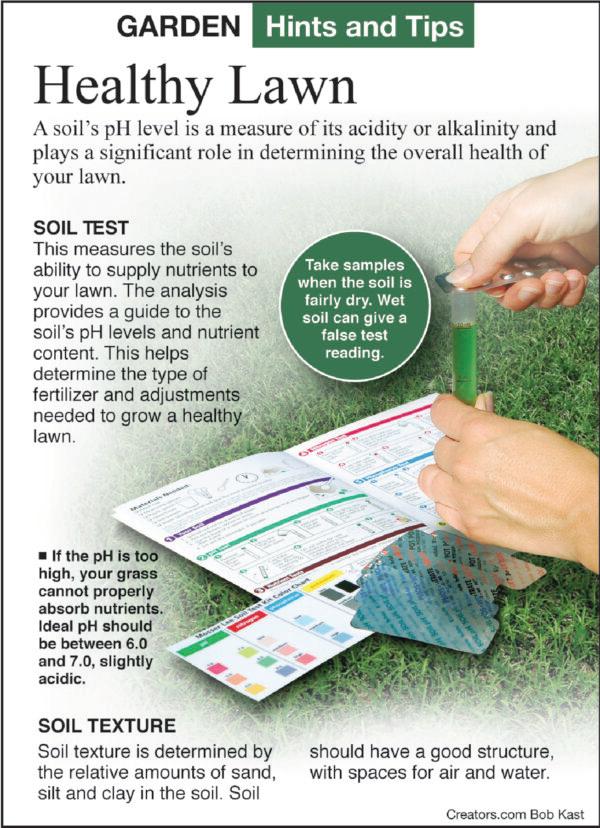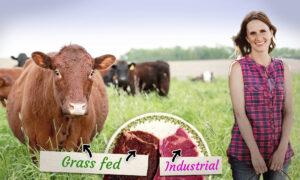In the presence of free hydrogen ions, the carbonate portion of limestone breaks down to carbon dioxide and water. Both leave the soil, and when the water leaves, it takes the hydrogen from the soil, causing the soil pH to increase. Limestone is used to raise pH in soils that have been found to be too acidic to grow a specific crop. Again, get a soil pH test before adding limestone.
The sulfate portion of the gypsum does not interact with the soil and so does not change the soil pH. Sulfates are used by plants to get the sulfur they need. Just like the pure calcium, most soils have enough sulfur, and it is rarely a limiting factor in plant growth.
Elemental sulfur added to soil to lower pH is combined with water and oxygen by bacteria to create sulfuric acid, which can lower soil pH. The two types of sulfur are not the same.
So if the sulfate, carbonate, and calcium are not beneficial, why add them to soil? In some western states, the soil has a naturally high amount of sodium. These soils are sometimes called sodic soils, and they are often hard, poorly drained, and easily compacted. Sodium attached to soil particles sticks the soil together, preventing pores that would allow air and water to penetrate the soil. Gypsum added to the soil breaks down, and the calcium binds to the sodium. If water is added and it can drain away, the calcium will remove the sodium, allowing the soil particles to separate so the soil can breathe.
The description of sodic soils as hard, poorly drained, and compacted also describes the clay soil many of us have in our yards. It would be great if we could just spread on gypsum and let it separate the soil for us. Unfortunately, if the clay soil doesn’t have sodium in it, the gypsum won’t be beneficial. If you have clay soil, sandy soil, or just about any other “bad” soil, adding composted organic matter will make it a better soil.
Chemically, it is very hard to change soil structure or soil pH, but organic matter can do both. It is best if the organic matter is tilled into the soil, but even adding it on top will slowly provide benefits. Even a soil’s fertility is better with organic matter than with fertilizers.
If your lawn is not looking its best, take some pictures and cut a Rubik’s cube-sized block out of a couple of locations and take them to your local extension office. The master gardeners who maintain their help desk can give you the best local, impartial advice you can get anywhere.








